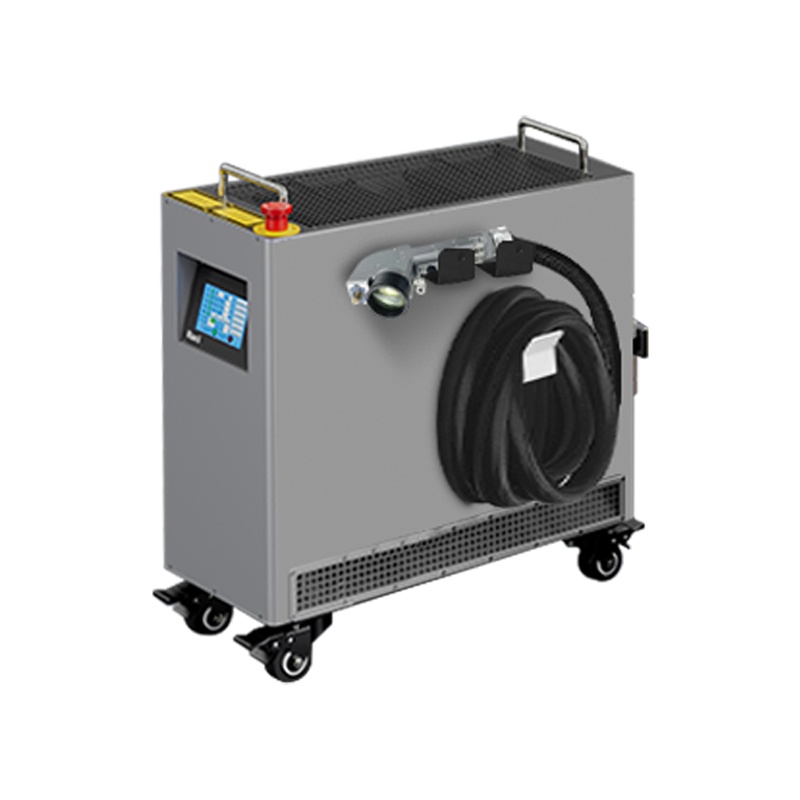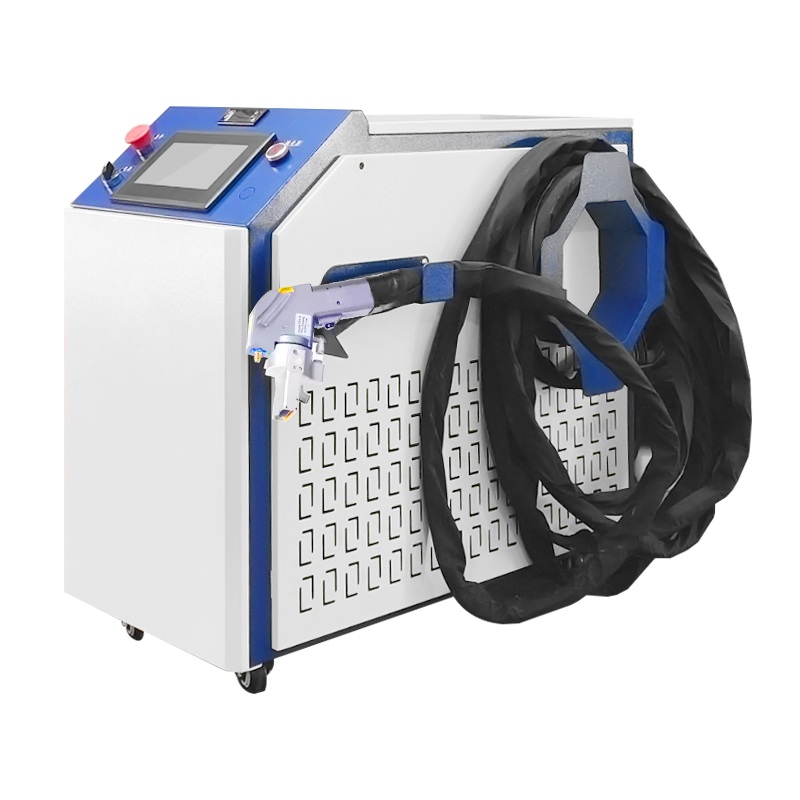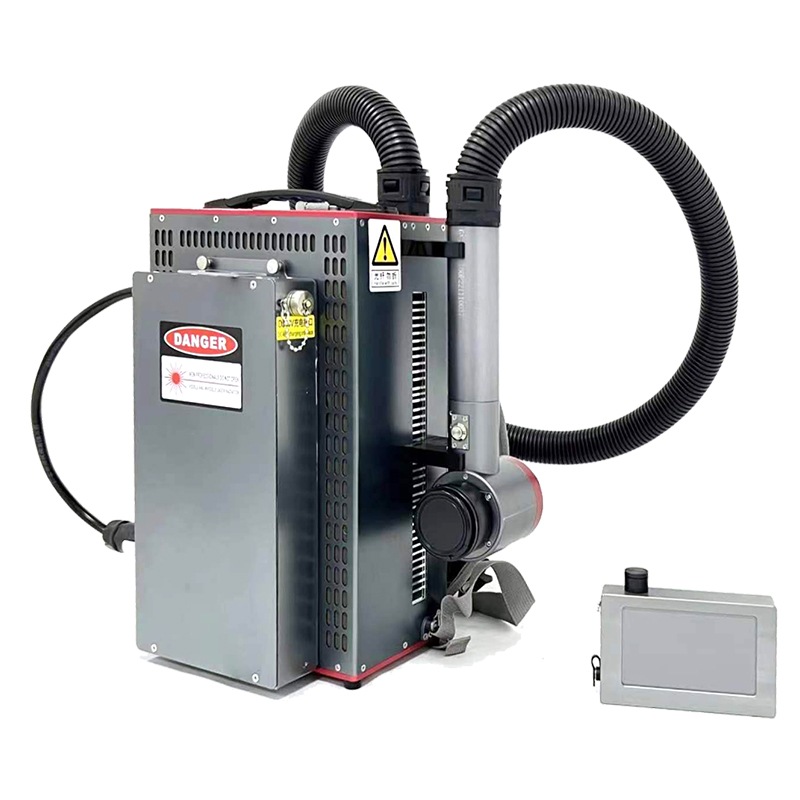How to Safely Operate a Metal Rust Removal Laser Cleaning Machine?
From automobile work to heavy equipment servicing, industries are increasingly utilizing laser rust removal for metal surface treatment. Compared to older methods like sandblasting and chemical cleaning, laser rust removers are non-contact, ecologically friendly, and far more precise.
While there is no doubt this technology is useful, safe practices are extremely important. High-powered laser beams can be harmful to the operator and equipment if proper practices are not adhered to. In this article, we will describe the metal rust removal laser cleaning machine, spotlight its risks, and provide important safe operation recommendations.
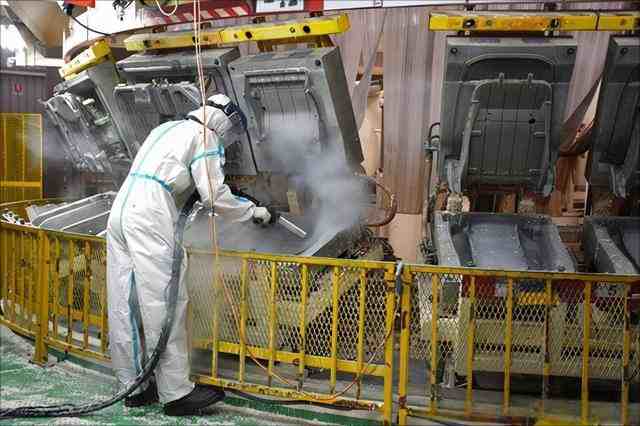
How Does a Laser Cleaning Machine Remove Rust from Metal?
A laser rust removal machine employs a high-powered laser beam aimed at a corroded metal surface. It uses a semiconductor laser which sends bursts of energy that disintegrate the rust, paint residues, and oxides at the surface, and does so without causing damage to the metal base.
A metal surface is subjected to an absorbing layer of rust and its bonds broken. Its molecular bonds are shattered and, depending on the system, it is either sucked out or left to dissipate naturally.
Combating rust with lasers comes with the following benefits:
- No physical force is applied to the surface, thus eliminating contact; mechanical stress is also avoided
- Eco-friendly: No chemicals, solvents, or secondary waste
- Does not require maintenance and has no consumables like sand or brushes
- Low maintenance: Does not require consumables like sand or brushes
- Works on carbon steel, stainless steel, aluminum, copper and many more
Example: A handheld laser cleaning machine is capable of removing rust from complicated components of an engine and does so within a few seconds. Threads and other components are not damaged during this process.
Operational Risks When Using a Laser Rust Removal Machine
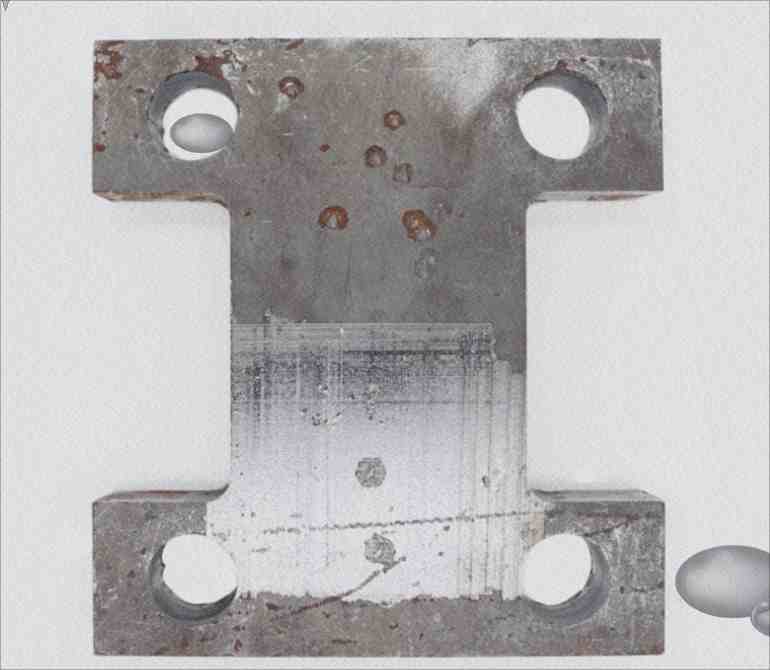
Like any other technology, laser rust removal has its operational risks, and it is important to understand how to prevent such risks. Safety possesses a substantial portion of operational risks such as personal injury and damage to machines.
Eye Damage
Operating a laser rust machine poses risks to personal safety and hairy machinery. High powered lasers and light beams, especially on the infrared spectrum, possess a great risk of eye damage. Retinal harm is especially the more serious of the two.
Skin Burns
Sending skin any accidental exposure to a laser beam can inflict severe burns due to the machine’s concentrated focus. Skin burns of third degree can easily result with exposure and personal any exposure to focused laser beams.
Toxic fumes
The removal of rust, specifically on metals comes with it the production of harmful dust and fumes. The fuming of the dust results in the makeup of fine metals oxides on a surface. Accumulation of these in a restricted space can be both harmful and difficult to.
Fire Hazard
Working around surfaces that possess a paint of other such oils can be dangerous as they pose the threat of ignition. Direct lasers can easily light these, especially on surfaces that have oil mingled.
Equipment harm
Equipment harm is closely linked with operational harm. Tempering of lasers, exposure to excessive heat due to operational strains such as bad calibration, poor optical filling, or excessive cooling can pose a threat to with arms machines placed on lenses. The shutting of arms and other ectopic coverage is known with a warning sign of excessive heat.
Thus, implementing Standard Operating Procedures (SOPs) and Operator Training Programs (OTPs) are critical when utilizing a metal rust removal laser cleaner.
How to Stay Safe: Laser Cleaning Protection Measures
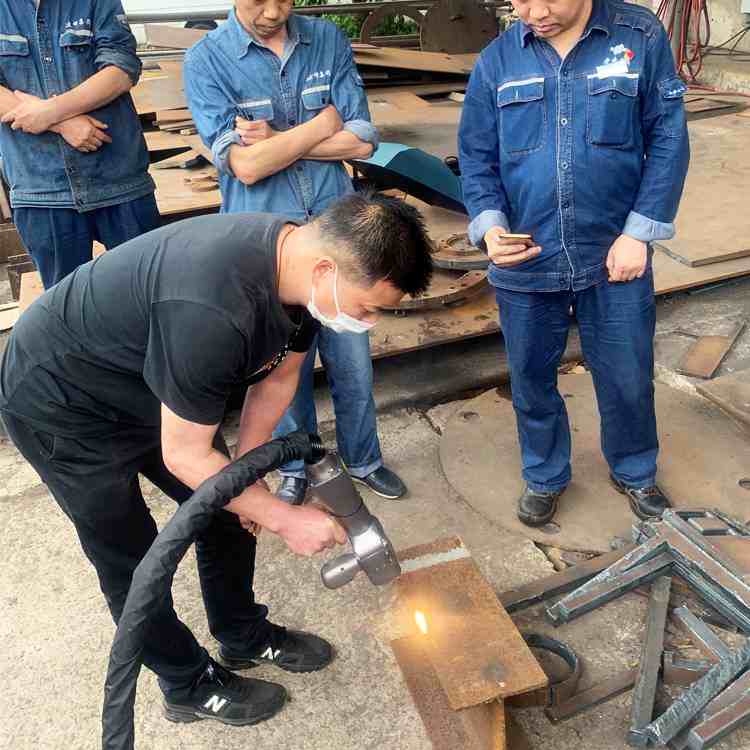
To ensure optimal operation and performance of the machine for a longer time period, the following precautions should be taken:
1. Personal Protective Equipment (PPE)
- Laser Safety Goggles: Users must wear protective laser goggles of the appropriate optical density for the laser’s wavelength (for example, OPD 6+ for 1064 nm fiber lasers). Anything else is unacceptable.
- Protective Gloves and Clothing: Goggles and masks must provide a full seal and protect the skin from accidentally hot particles.
- Respiratory Protection: Carbon masks or fume extractor should be worn, especially in confined spaces.
2. Prepare the Work Environment
- Ventilation: Guard against and remove fine particles through the use of an exhaust system.
- Clear the Area: Ensure that flammable or reflective materials, additional personnel, and other obstructions are removed beforehand.
- Mark the Zone: The area must be contained and restricted from access during cleaning operations with applicable signage or barriers.
- Lighting: Sturdy lighting is critical during hand operations and for the prevention of mistakes.
3. Performing a Machine Check and Pre-Operational Tasks
A pre-activation checklist is to ensure compliance with the following guidelines:
- Is the cooling system operational (water or air)?
- Are the optical lenses clean and properly aligned?
- Are all electrical connections secured and properly grounded?
- Is the laser head securely mounted? Is the handheld unit stable?
4. Operational Procedures
- Power settings should only be increased from the initial low baseline if necessary.
- Focus distance should be maintained appropriately with the laser and the metal workpiece.
- The laser must not be aimed at mirrors or any other highly reflective surfaces.
- System temperature, laser output consistency, and emission intervals should be monitored.
- In the case of extended exposure sessions, ensure to take breaks to minimize the risk of thermal strain.
5. Procedures to be Completed After Operation
- Always follow the recommended system shutdown procedures to ensure proper order.
- The lens and the nozzle head should be cleaned gently but thoroughly.
- Operations logs must be recorded (timestamp, output power, materials used, etc.) to hold the system to a defined standard.
- Store the laser cleaner in a dry environment shielded from dust.
Ready to Upgrade Your Rust Removal Process?
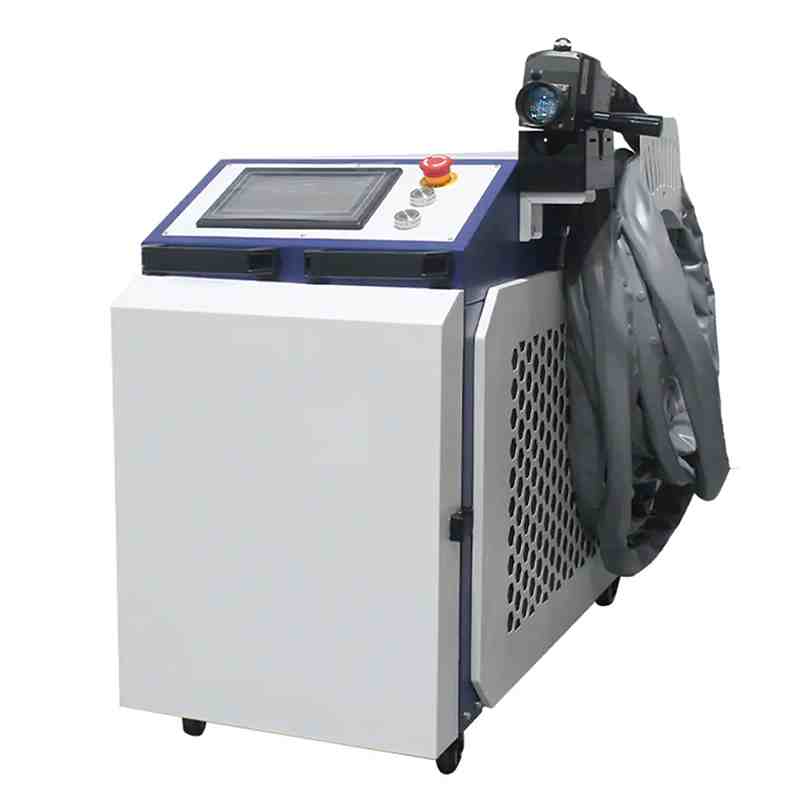
Laser rust removal technology is transforming the way various industries handle corrosion and surface contaminants. But the greater the ability, the greater the responsibility. Understanding how to operate a metal rust removal laser cleaning machine safely can not only protect your employees, but also safeguard your investment and project quality.
Zixu’s machines have passed CE certification and ISO standard certification and are shipped worldwide. Whether you are a factory maintenance team, a metal processing workshop or an equipment dealer, we can help you integrate safe and efficient laser rust removal technology into your workflow.
If you are looking for a reliable supplier of laser cleaning and rust removal machines in China, Zixu offers advanced machines whose built-in safety, reliability and reliability have been deeply rooted in people’s hearts.
Recommended Products

